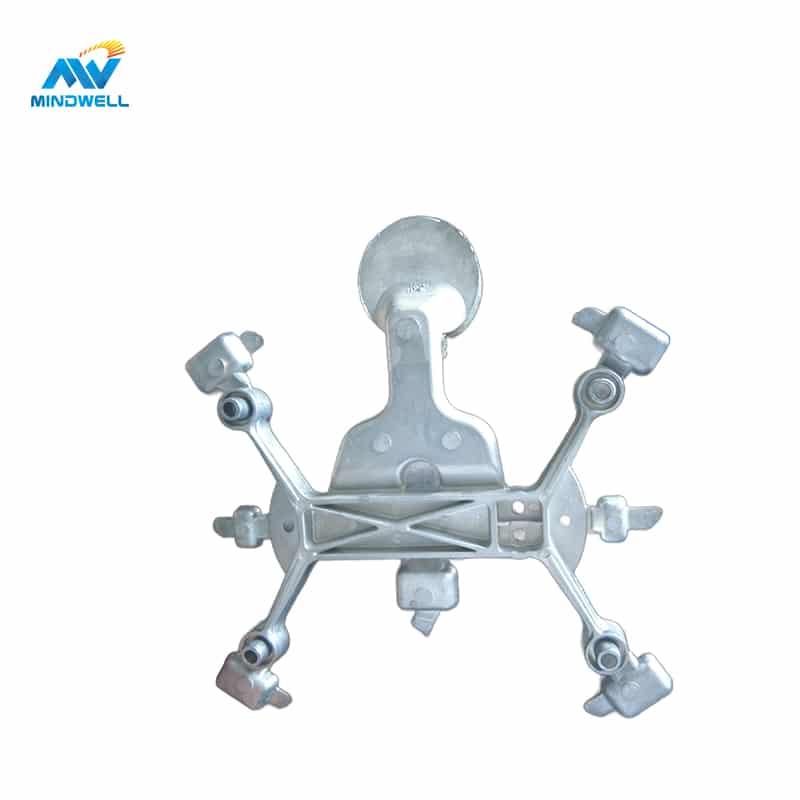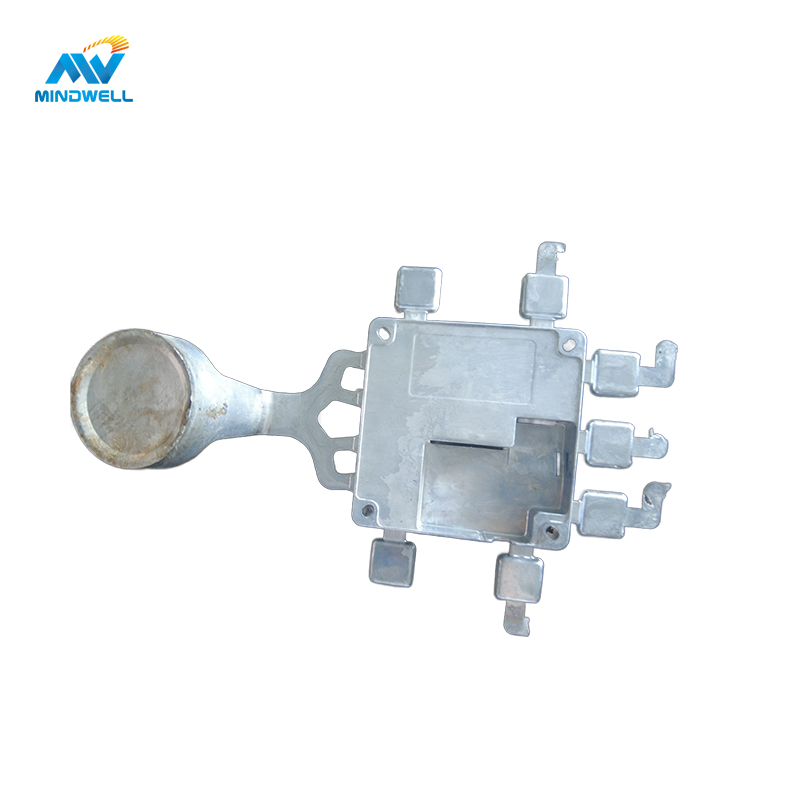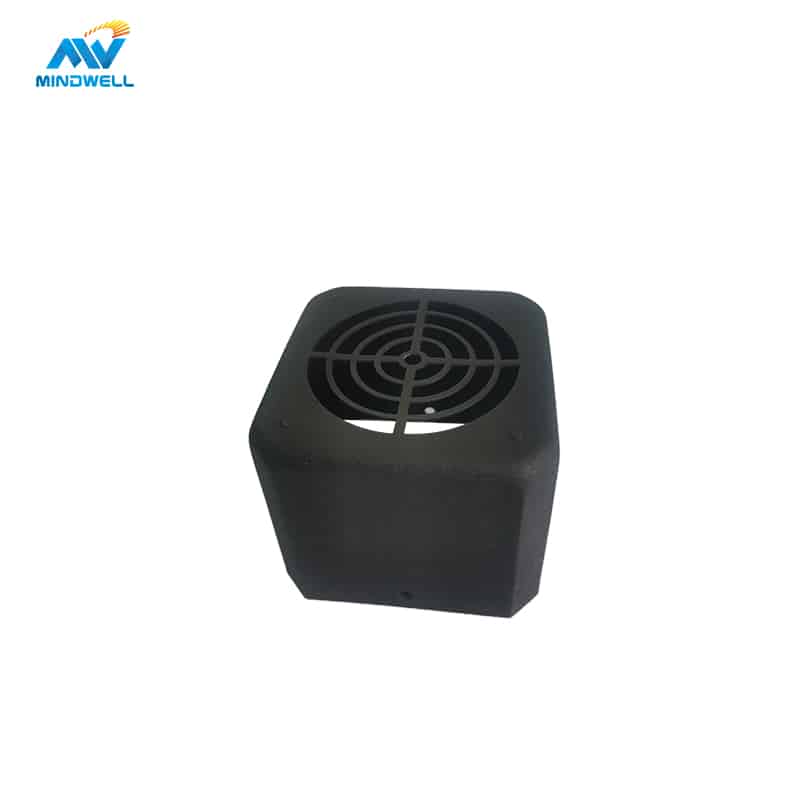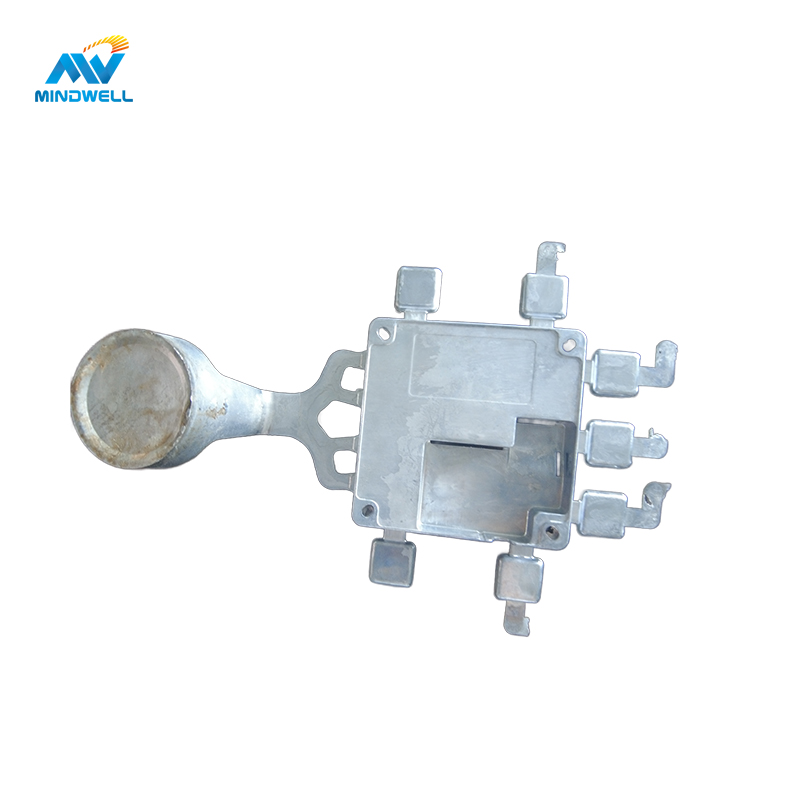Magnesium alloy die-casting and aluminum alloy die-casting are two common die-casting materials that can be used to produce lightweight parts, such as electronic equipment housings, automotive parts, etc. Although the two methods are similar, there are many differences between them. When choosing die-casting materials, you need to consider factors including product design requirements, performance requirements, cost budget, production batches, and expected use environment. Magnesium and aluminum have different properties and applicable scenarios. Which material to choose for die casting depends on your specific needs and applications. Let’s take a look at the difference between magnesium and aluminum die casting.
Aluminiumlegierung
Aluminum is a very common metal used in die casting. It’s lightweight, reasonably performant, and inexpensive in cast metal.
Another big advantage of aluminum is corrosion protection. This makes its castings last longer; and it also has a higher melting point, making it stronger at higher temperatures than other metals, such as zinc.
The higher the aluminum content, the greater the risk of shrinkage or cracking; therefore, it is usually mixed with silicon or copper to increase fluidity, which makes the alloy harder and stronger.

magnesium alloy
Magnesium is often combined with other elements, including aluminum, to form lighter alloys.
Automotive applications reduce fuel costs, save energy and reduce emissions through the use of magnesium parts to reduce weight. Magnesium also takes less time to solidify after injection molding and is generally considered better castable than aluminum.
While magnesium offers some advantages, it is still not as stable as aluminum, it bends more easily under stress, and it is also somewhat more expensive than aluminum.

Difference Between Magnesium and Aluminum
1.Different properties of materials
Die-casting magnesium aluminum and die-casting aluminum are both metal alloy materials, but their composition and properties are different. The main component of die-casting aluminum is aluminum, which is formed after adding appropriate amount of copper, zinc, aluminum, magnesium and other elements. It has good mechanical properties and corrosion resistance, and can meet the requirements of many industrial fields. The die-casting magnesium aluminum is made of alloys of magnesium, aluminum, zinc and other elements. It has high strength and good comprehensive performance. It is an excellent light-weight and high-strength material.
The density
The density of magnesium is twice that of aluminum, so the volume of magnesium alloy parts with the same weight is much smaller. In the fields of machine parts and auto parts that require light weight and high sealing, magnesium alloy die-casting is the choice of many enterprises.
Strength
The strength of aluminum alloy is twice that of magnesium alloy, so in terms of high strength and wear resistance, aluminum alloy die casting is more suitable, at the same time aluminum alloy also has good maintainability, corrosion resistance and oxidation, more suitable for long-term use and high strength operate.
2.Different processing techniques
The processing technology of die-casting magnesium aluminum and die-casting aluminum are also different. Because the melting point of die-cast aluminum is relatively low, the melting and casting process is relatively easy, so it is used more in the production process. The melting point and melting temperature of die-cast magnesium aluminum are relatively high, and professional casting and processing technology are required, and the production process is relatively complicated.
Magnesium is more prone to cracking and compression when processing because it has different cooling properties and its die casting process also needs to be more complicated, while aluminum has the advantages of shock absorption and vibration resistance, and aluminum alloy products are also easier to process during the manufacturing process , and is able to provide finer details and finishes than comparable magnesium alloys.
3.Different fields of application
The fields of application of die-casting magnesium aluminum and die-casting aluminum are also different. Due to its good mechanical properties and corrosion resistance, die-cast aluminum is widely used in industrial fields, such as automobiles, aviation, electronics, digital and other fields. Due to its light weight and high strength, die-cast magnesium aluminum is widely used in some fields that require higher weight and strength, such as aviation, aerospace, sports equipment, etc. the
4.Cost
The cost of magnesium alloy die-casting is higher, because the production and synthesis technology of magnesium metal is very complicated, which may lead to higher original cost, energy cost and labor cost, so magnesium alloy die-casting is sometimes more expensive than aluminum alloy die-casting, of course, In this regard, product prices will also rise to a certain extent.
Magnesium- vs. Aluminium-Druckguß
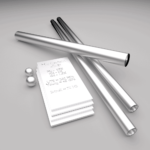
Choosing magnesium or aluminum alloy die casting depends on the specific needs of the part’s custom manufacturing, and both metals produce alloys that can be used for their respective applications. When trying to choose between magnesium and aluminum, your application direction is ultimately your choice.
If you need to make lightweight, ultra-thin-walled, high-toughness parts, magnesium alloy die-casting may be a better choice, and if you need to produce high-strength, corrosion-resistant, and oxidation-resistant parts, then aluminum alloy die-casting may be a better choice In addition, price and mechanical processing also need to be considered.


